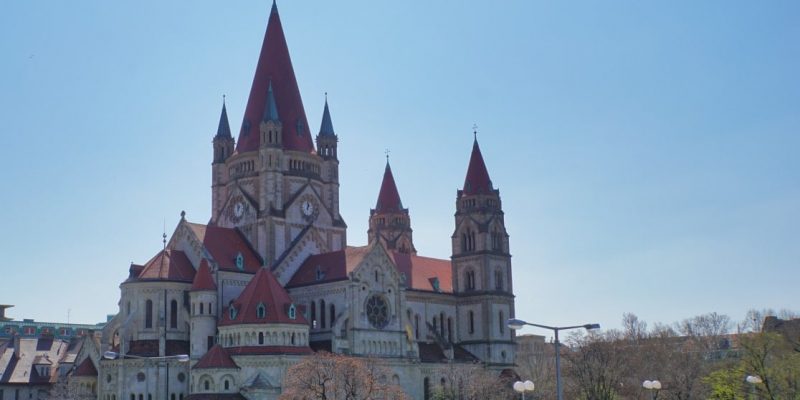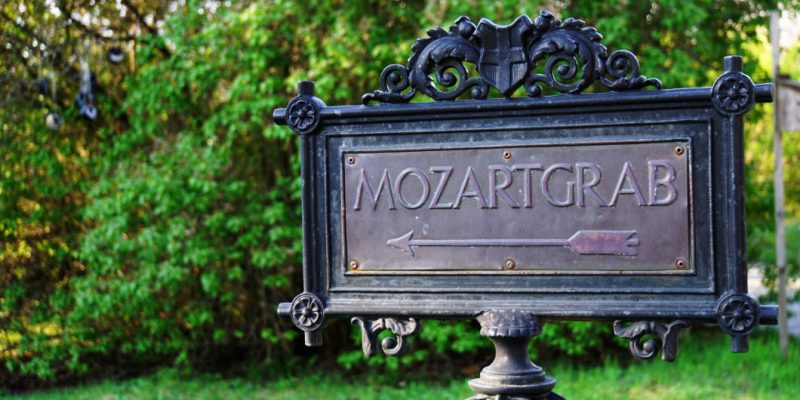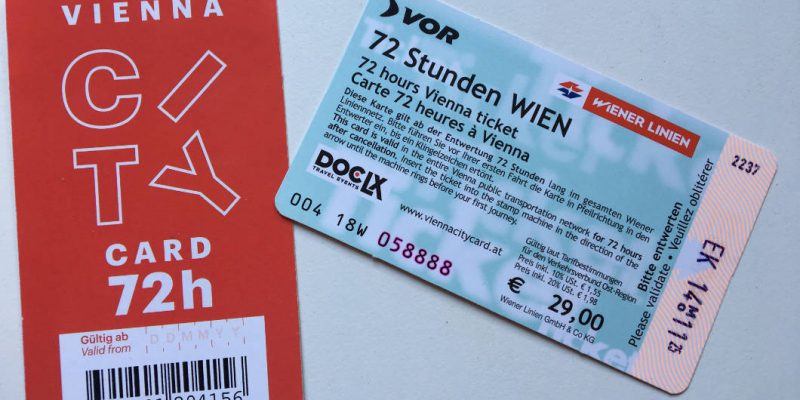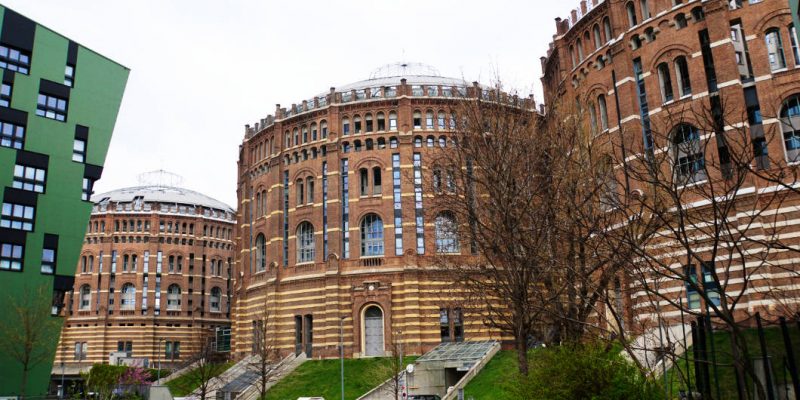One of the most striking landmarks of Vienna is St. Stephen’s Cathedral in the city centre. It is considered the most important Gothic building in Austria and I think you should not miss visiting this church.
Continue Reading about The roof of St. Stephen’s Cathedral and the inverted coat of arms





